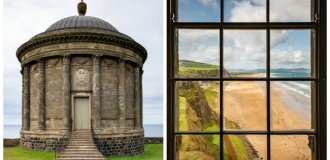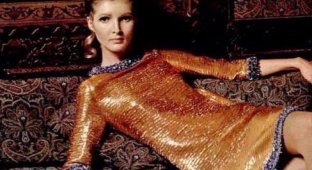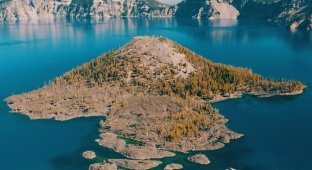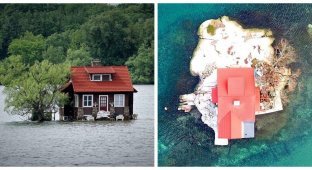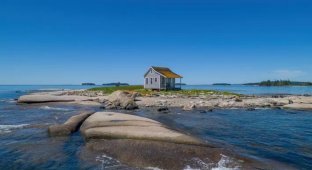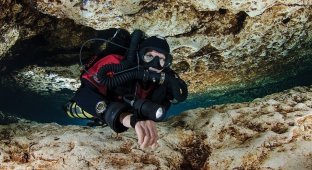How did 1 man and 10 women end up on a desert island and raise 30 children? The Crazy History of Pitcairn Island (9 photos)
If you remember the famous “Bounty” advertisement, then you probably see images of pristine sandy beaches, swaying palm trees, and a warm and inviting ocean. Now imagine yourself alone on such an island, surrounded by ten women - sounds like a scenario from all fairy tales, doesn’t it? 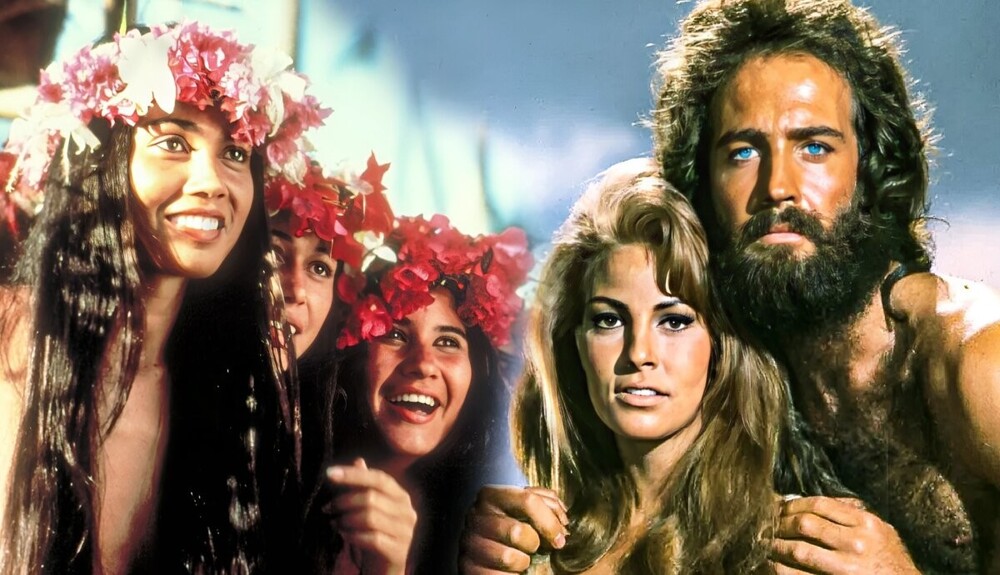
But for one man it became a reality on Pitcairn Island, where he survived and thrived surrounded by 10 women and built an entire community. 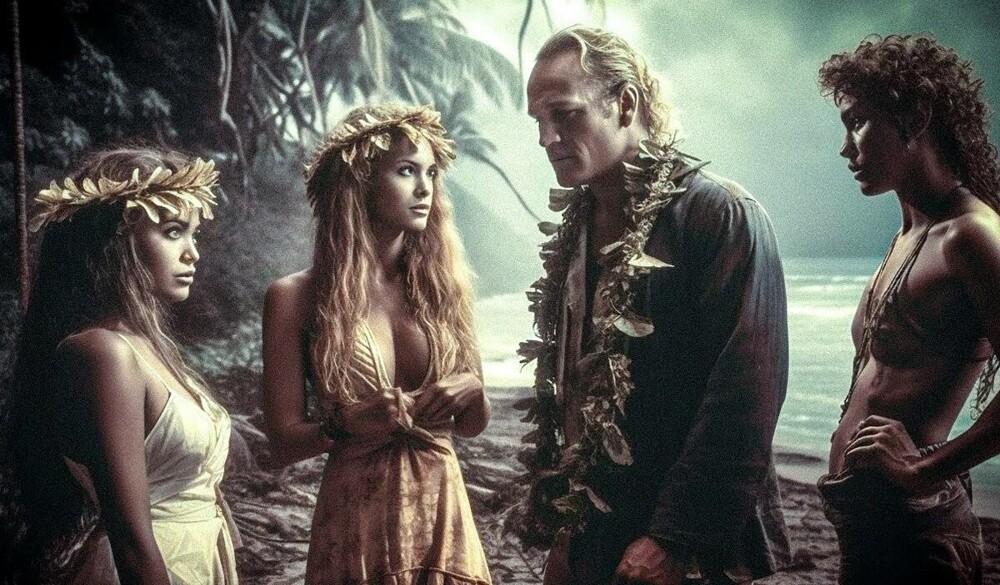
The history of Pitcairn Island began with the infamous "Mutiny on the Bounty" 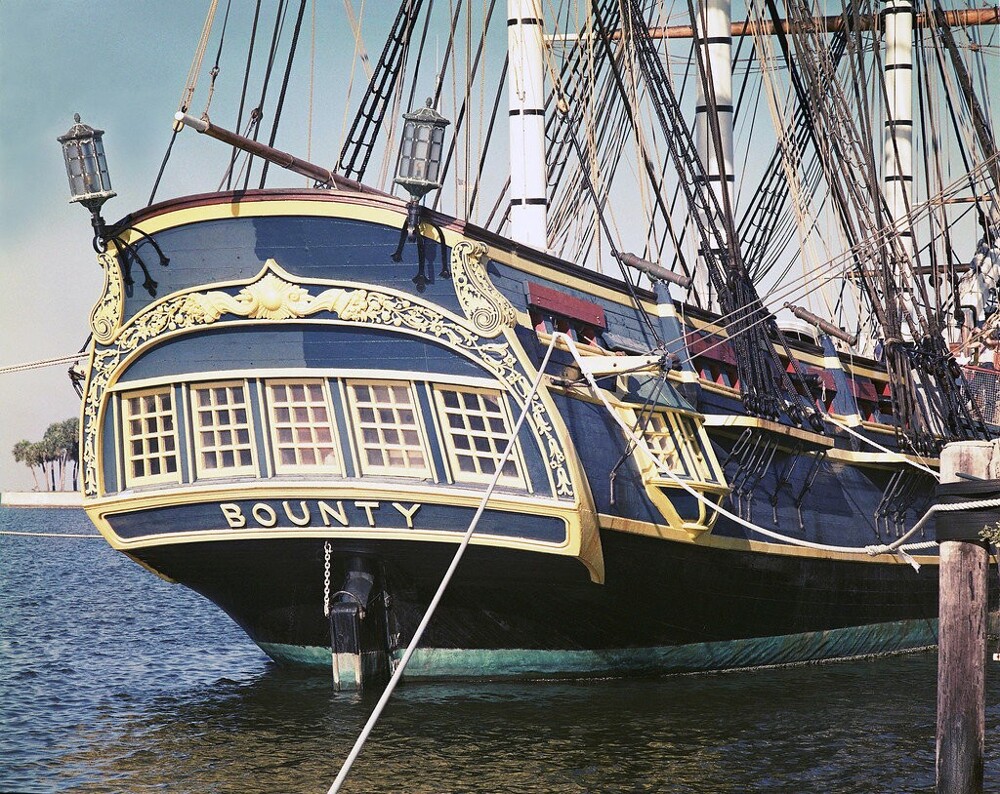
The story of the mutiny of His Majesty's armed ship "Bounty" is well known to many. In 1787, Great Britain, under the command of Captain William Bligh, sent the Bounty ship to the island of Tahiti with the goal of obtaining breadfruit (seedlings) and bringing them back to the West Indies.
Even after losing control over the American colonies, Great Britain tried to gain a foothold on the American continent and annex new territories in the West Indies. But due to the unsuitability of the local soil for growing crops familiar to the British and high prices for sugar, it was very expensive to feed local slaves and maintain these colonies. The British planned to plant breadfruit trees in the West Indies in order to reduce the price of sugar, the cost of its production, to be able to feed slaves and to improve the economic prospects of these colonies, hence the forced expedition.
However, the Bounty mission took an unexpected turn. After all, when the ship arrived in Tahiti on October 26, 1788, local residents greeted the sailors with open arms. 
In particular, the women turned out to be too “hospitable”; they were very liberated and agreed to have sex with English sailors for various trinkets, nails, etc.
The sailors, seduced by the warmth and love of local women, extended their stay in Tahiti for more than 5 months. Finally, after 23 weeks in Tahiti, having collected over 1,000 breadfruit seedlings, the Bounty sailed from the island and sent it to Great Britain. 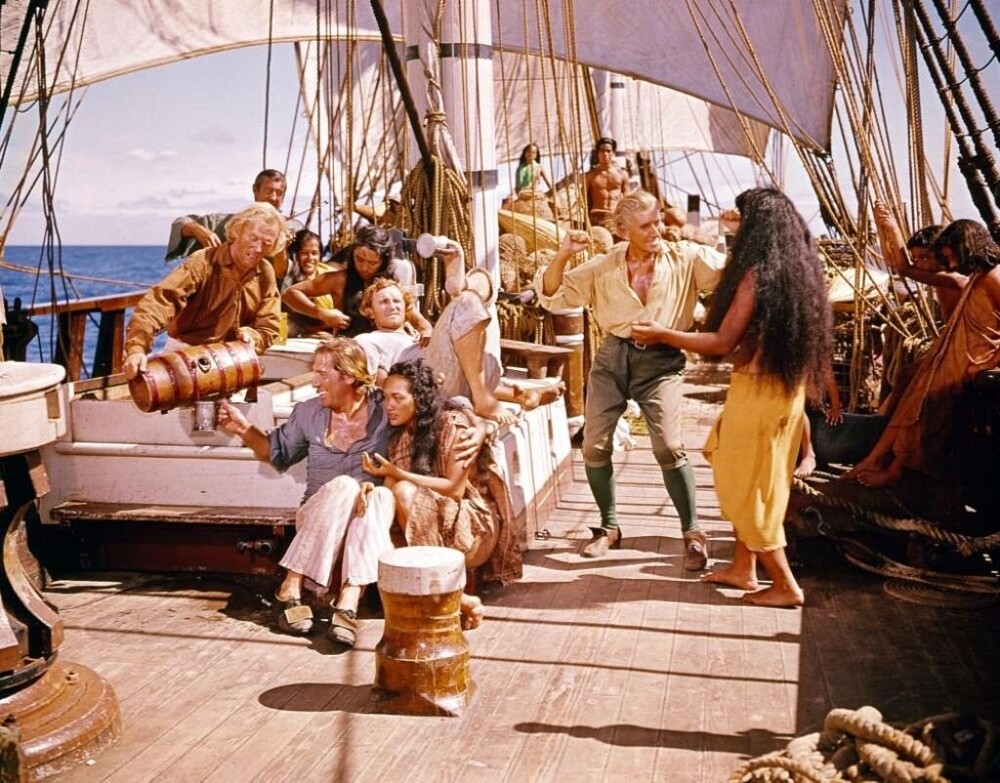
But for many sailors, leaving the paradise island, during a short stay on which some of them had acquired mistresses, almost wives, returning to the UK seemed a terrible prospect.
Therefore, led by Fletcher Christian, some sailors made a unanimous decision to return to the uninhabited island of Pitcairn.
Fletcher took Captain Bligh prisoner and put him and 18 other sailors in a boat, and he turned the ship back to the island of Tahiti. 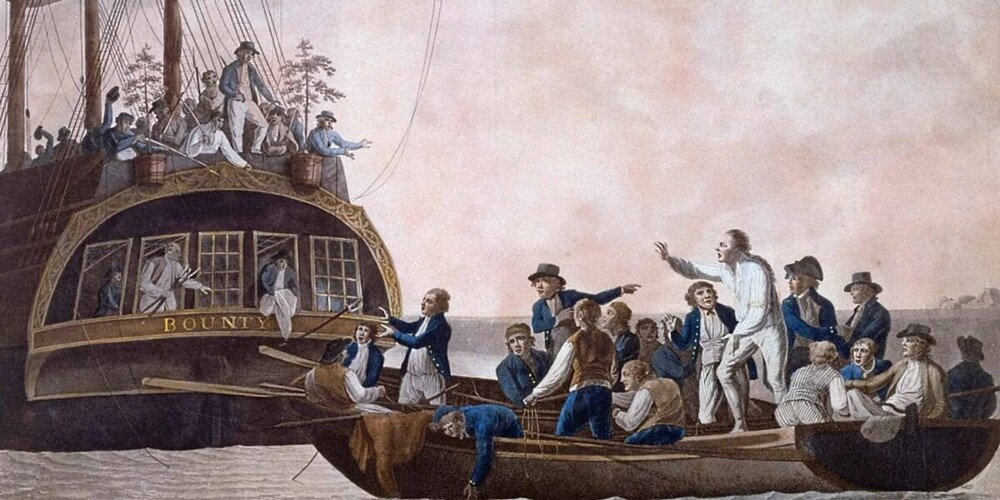
When Fletcher and his team returned to Tahiti, after consulting, they realized the fact that they had committed a rebellion and a crime. Therefore, staying in Tahiti was suicide. Reluctantly, they took several captive Tahitian men, 12 women and 1 young girl onto the ship, and then left Tahiti with the goal of establishing a colony on one of the remote and safe islands.
Each English sailor on the ship had his own woman, but the 8 enslaved Tahitian men only had three. On the ship, while searching for a safe island to create a colony, conflicts arose between the Tahitians over women.
After several months of plowing the ocean in search of a suitable island where one could hide from the British, on January 15, 1790, the Bounty ship reached Pitcairn Island.
However, the English rebels did not yet know that their new found home on Pitcairn Island would be far from the paradise they experienced in Tahiti. 
Pitcairn Island in the Pacific Ocean covers an area of about 4.6 square kilometers and its highest point is 347 meters above sea level. Moreover, this island has fertile land, fresh water and a heavenly climate.
Therefore, the British decided to establish a colony here.
But after about a few weeks the first problems began.
One of the sailors, McCoy, learned to distill moonshine from the sweet roots of a Thai plant found on the island. McCoy, a drunken tyrant in a drunken stupor caused serious damagethe health of a beautiful woman named Tevarua because she failed to catch enough fish. Unfortunately, out of resentment, she jumped off the cliff. McCoy calmly looked for her replacement among other women, as if nothing had happened.
He soon took 1 out of 3 women from the Tahitian men, who, in retaliation, rebelled, entered into open conflict and killed five Englishmen along with Fletcher Christian, and were then in turn killed by the remaining Englishmen.
As a result, only four men remained alive on the island: Adams, Young, Quintal and, ironically, McCoy himself, who led the colony.
But after some time, the sailor Quintal went crazy and posed a danger to others, so he went to another world, and, disillusioned with life, the leader of the colony McCoy decided to hang himself.
Young also died soon after (presumably) due to asthma.
A few weeks later, Seaman Adams found himself the only surviving man among 10 women and several children, reluctantly accepting the role of patriarch of Pitcairn Island 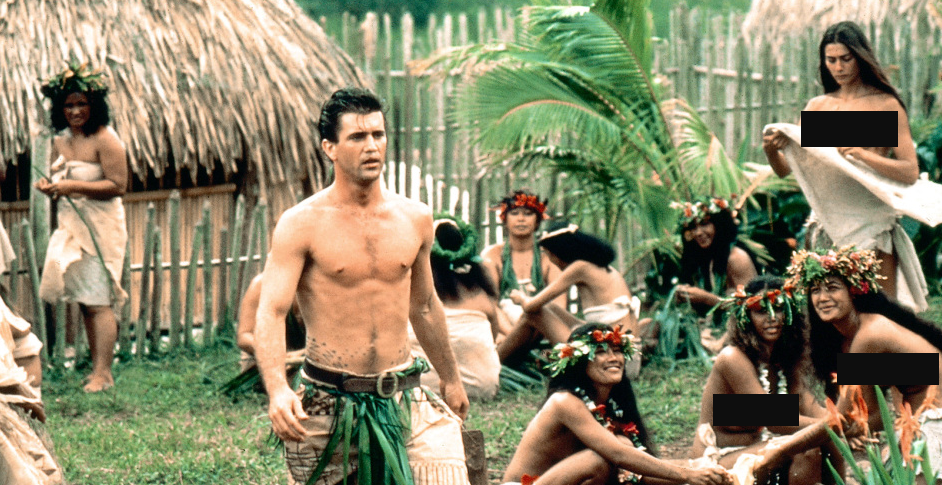
Despite his initial hesitation and youthful behavior, Adams became a controversial figure and the island's de facto leader. Some have speculated that Young's death was not natural and that Adams had a hand in it. Taking on his newfound responsibility and delving into the teachings of the Bible, he envisioned himself as the theocratic leader of the island, like Adam in a paradise almost lost to sinful men. Thus began decades devoted to the creation of an ideal Christian society.
Under Adams's rule, Pitcairn Island became a true Christian community, where the gray-haired patriarch read the scriptures to children, teaching them strict moral standards, and also lived surrounded by 10 women and produced several children every year. Half the inhabitants of the modern island can trace their ancestry directly to Adams.
When British ships arrived on Pitcairn Island in 1808, they encountered a seemingly idyllic religious community led by a prominent and charismatic figure. Fascinated by this vision, the British embraced Pitcairn Island as a model of Christian virtue. 
Portrait of John Adams
Captain Frederick Beechey, who commanded the ship HMS Blossom, on which he visited Pitcairn for two weeks in December 1825, wrote in his diary that at that time there were 36 men (children of the English who had already grown up) and 13 women living in Pitcairn; Of the original settlers from the Bounty, only 6 people lived on the island - 5 older Tahitian women and John Adams himself, who was also about 60 years old at the time; all the other people on the island were children of Adams and his former teammates.
Beechey described his visit in Narrative of a Voyage in the Pacific Ocean (1831).
And it is his story about Adams and the entire history of Pitcairn Island that is considered the most reliable. This is due to the fact that all the information was provided to the captain by Adams himself, who tried to be honest and righteous in the conversation, and also realized that he would not be sent back to England for trial, and therefore he had no reason to deliberately distort the facts.
Currently, Pitcairn Island is the last British colony in the Pacific Ocean. Although it is de facto independent, it technically remains part of the Commonwealth, and the UK is responsible for its protection and justice system. With a population of just 50 people, mostly elderly, the island relies heavily on tourism as almost all the youth have migrated to New Zealand and Australia.











